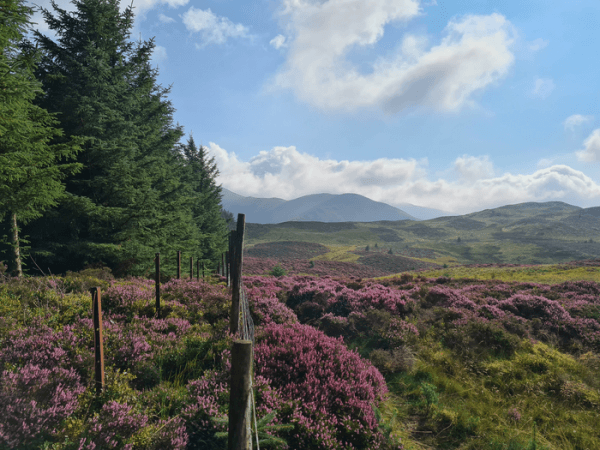New insight into how our early ancestors dealt with major shifts in climate is revealed in research by an international team, led by Professor Rick Schulting from Oxford University’s School of Archaeology.
Published in Nature Ecology & Evolution, the report reveals, new radiocarbon dates show the large Early Holocene cemetery of Yuzhniy Oleniy Ostrov, at Lake Onega, some 500 miles north of Moscow, previously thought to have been in use for many centuries, was, in fact, used for only one to two centuries. Moreover, this seems to be in response to a period of climate stress.
The team believes the creation of the cemetery reveals a social response to the stresses caused by regional resource depression. At a time of climate change, Lake Onega, as the second largest lake in Europe, had its own ecologically resilient microclimate. This would have attracted game, including elk, to its shores while the lake itself would have provided a productive fishery. Because of the fall in temperature, many of the region’s shallower lakes could have been susceptible to the well-known phenomenon of winter fish kills, caused by depleted oxygen levels under the ice.
The creation of the cemetery at the site would have helped define group membership for what would have been previously dispersed bands of hunter-gatherers - mitigating potential conflict over access to the lake’s resources. But when the climate improved, the team found, the cemetery largely went out of use, as the people presumably returned to a more mobile way of life and the lake became less central.
Read more at University of Oxford
Image: Landscape view of Whinlatter, Cumbria. (Credit: Beth Cole/University of Leicester)


